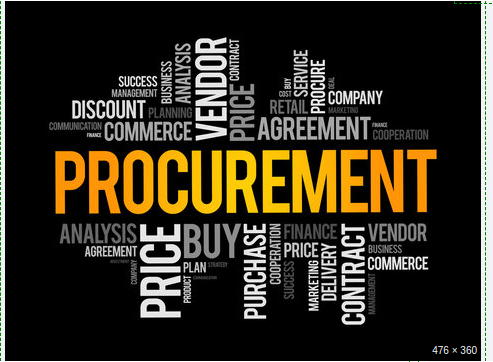Companies of all sizes are increasingly looking for ways to streamline their procurement processes, and many turn to the concept of procurement maturity. Procurement maturity is a framework used to evaluate the current state of an organization’s procurement strategy and identify areas for improvement.
But what strategies should organizations use to achieve procurement maturity? In this blog post, we will explore five proven strategies that can help bring your company closer to achieving its goals. From leveraging technology and creating a culture of collaboration, you’ll discover how your organization can reach its full potential through effective procurement. So read on to learn more!
Defining Procurement Maturity
When it comes to achieving procurement maturity, there is no one-size-fits-all solution. However, there are certain proven strategies that can help organizations of all sizes reach this goal.
Some of the most effective strategies for achieving procurement maturity include:
1. Adopting a centralized procurement structure: This helps ensure that all procurement activities are carried out in a coordinated and efficient manner.
2. Automating procure-to-pay processes: This can lead to significant efficiency gains and cost savings.
3. Implementing eProcurement solutions: These can help streamline the entire procure-to-pay process, from requisition to payment.
4. Leveraging spend analysis tools: These can help organizations gain visibility into their spending patterns and identify areas where they can achieve cost savings.
5. Establishing supplier performance management programs: These can help ensure that suppliers meet or exceed expectations in terms of quality, delivery, and cost.
The Benefits of Achieving Procurement Maturity
There are many benefits that come with achieving procurement maturity. Perhaps the most important benefit is that it allows organizations to become more strategic in their approach to procurement. Achieving procurement maturity also leads to improved organizational efficiency, better quality control, and lower costs.
Organizations that have achieved procurement maturity are able to take a more strategic approach to their procurements. They are able to plan ahead and make decisions based on long-term goals rather than short-term needs. This allows them to save money and resources in the long run.
Achieving procurement maturity also leads to improved organizational efficiency. Organizations that have achieved this level of maturity are able to streamline their processes and procedures. This leads to less waste and fewer errors. In addition, these organizations are better able to adapt to changes in the marketplace.
Finally, achieving procurement maturity also lowers costs. Organizations that have attained this level of maturity have a better understanding of the market and know how to negotiate for better prices. They are also able to avoid overspending on unnecessary items. As a result, these organizations tend to have lower overall costs associated with their procurements.
The Five Stages of Procurement Maturity
The Five Stages of Procurement Maturity:
1. Stage One: Manual and ad-hoc processes.
2. Stage Two: Standardized processes with basic technology in place.
3. Stage Three: maturing technology and processes supporting strategic supplier relationships.
4. Stage Four: world-class technology and integrated business processes that enable true category management .
5. Stage Five: optimized business processes that continuously improve performance through the use of advanced analytics and supplier collaboration
Key Strategies for Achieving Procurement Maturity
There are a number of key strategies that can be adopted in order to achieve procurement maturity. Firstly, it is important to establish a clear and concise procurement strategy. This strategy should be designed to meet the specific needs of the organisation and should be reviewed on a regular basis.
Secondly, it is essential to implement an effective governance framework within the organisation. This framework should ensure that all procurement activities are aligned with organisational objectives and that risks are effectively managed. Thirdly, it is necessary to develop strong relationships with suppliers. This can be achieved through supplier relationship management programs and by ensuring that supplier performance is monitored on a regular basis. Finally, it is also important to invest in the development of staff members who work within the procurement function. This can be done through training and development programs as well as by offering incentives for employees who demonstrate high levels of performance.
Conclusion
Achieving procurement maturity requires a comprehensive strategy and an understanding of the best practices for implementing change. By following the steps outlined read this article from flevy.com article, you can start to move your organization towards greater process improvement, improved supplier relationships and better cost savings opportunities. With these strategies in place, your organization will be well-equipped to reach its goals and maximize value from sourcing decisions that lead to growth.

